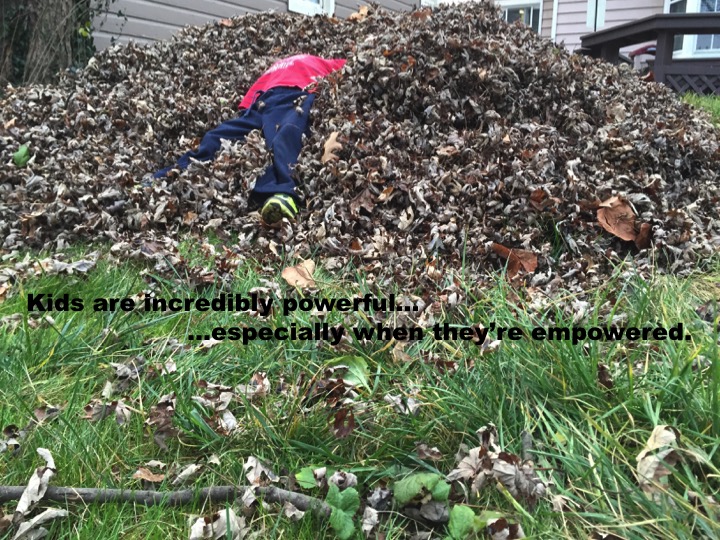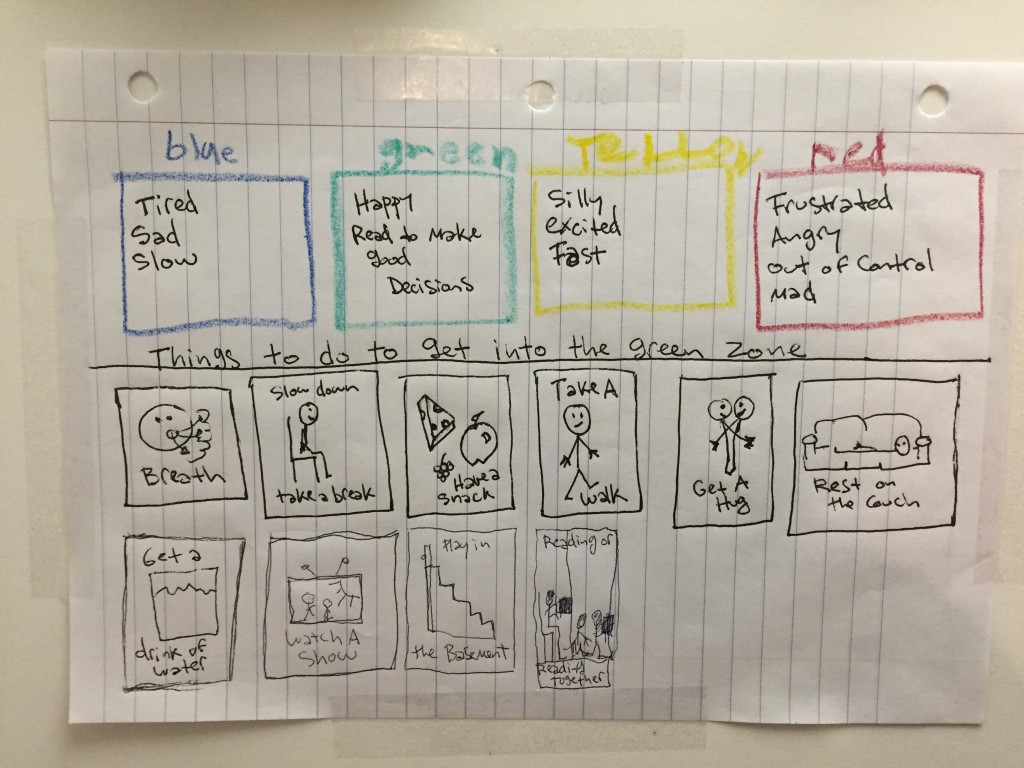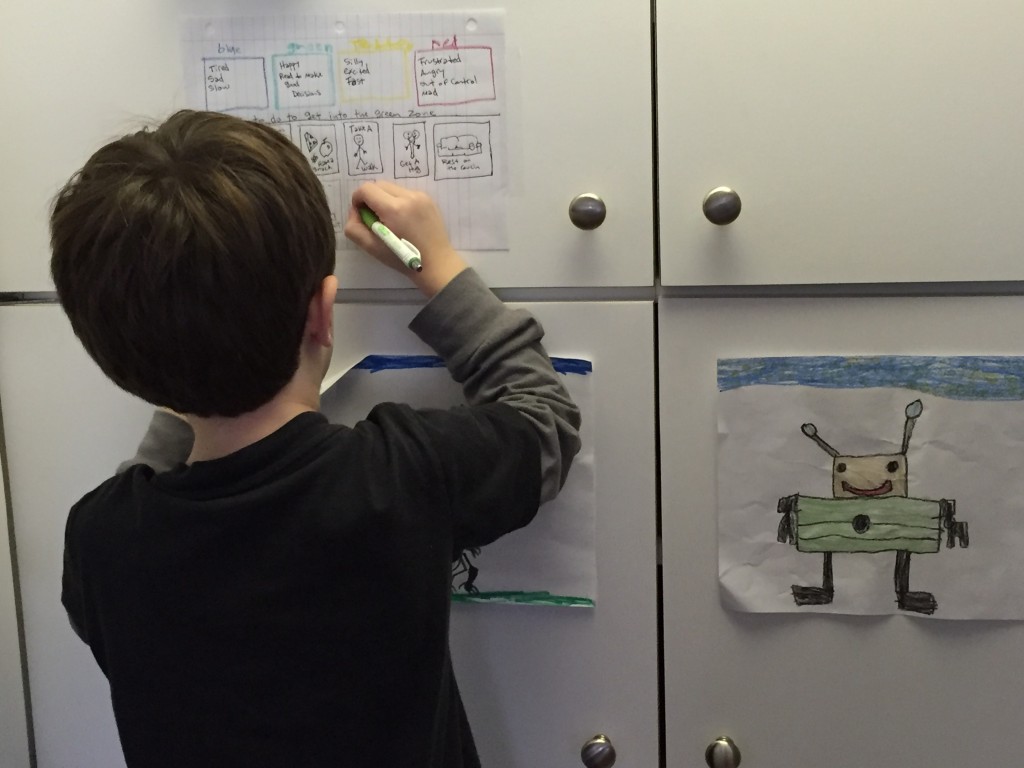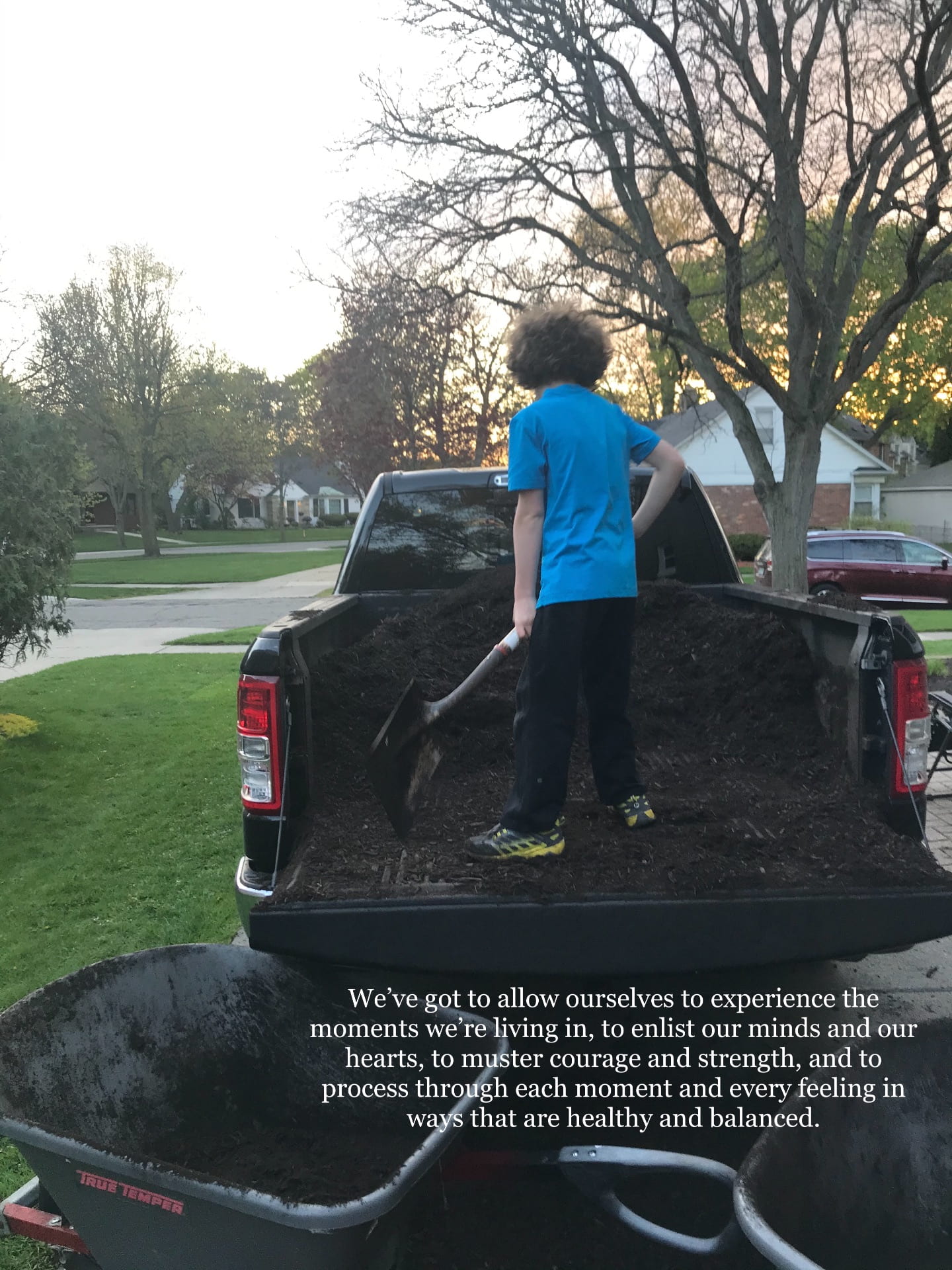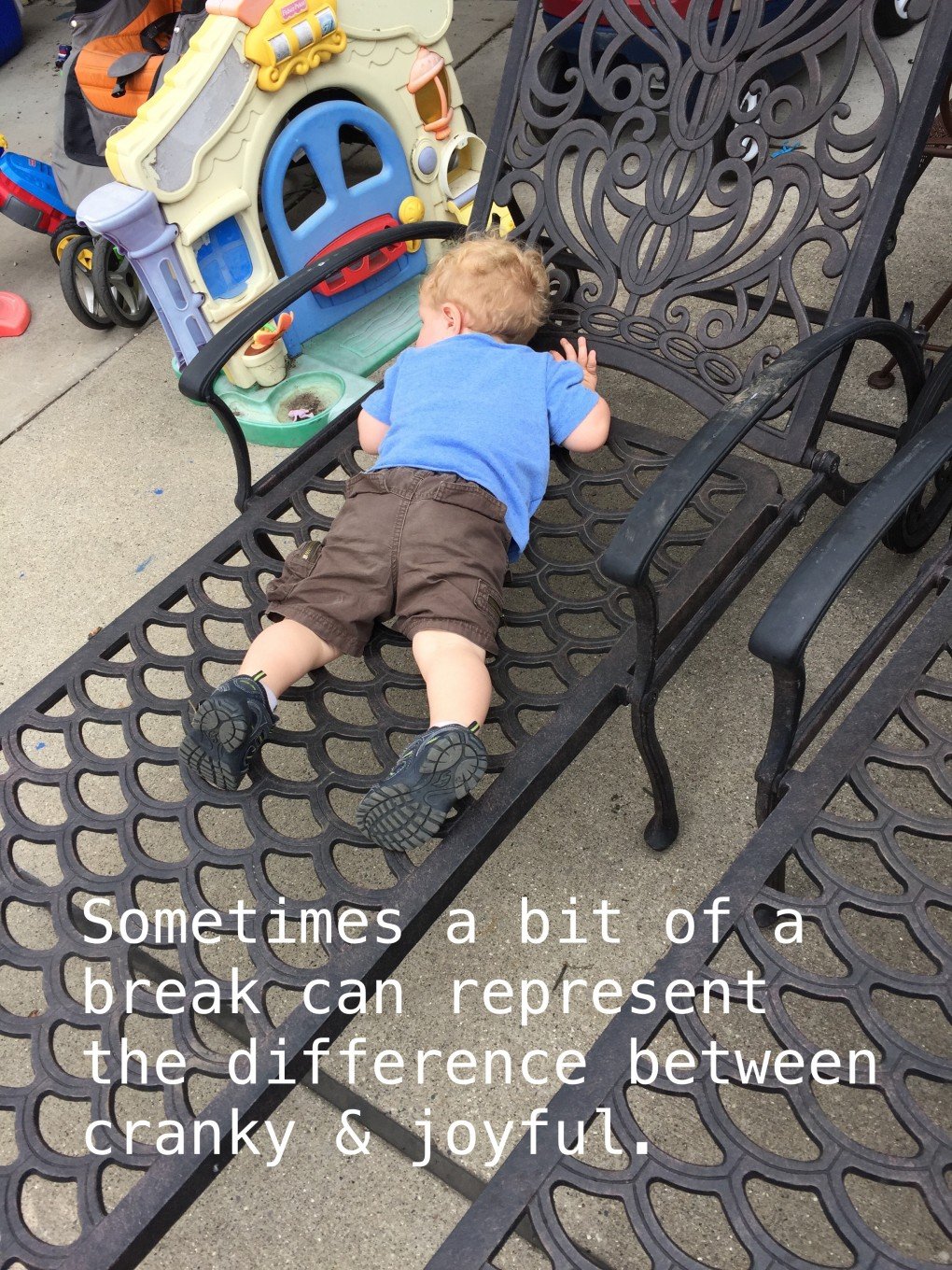
As a parent and an educator headed into the final month of preparation for the upcoming school year I find myself reflecting considerably on how I intend to face the many challenges and celebrate the many triumphs that will undoubtedly come in working to ever-enhance my leadership and learning practice on behalf of the the kids and the community I serve.
Around each bend, my reflective thoughts turn pointedly to the language and the practices that drive individual and cultural positivity. The following is some food for thought on that foundation.
Your input is always is always welcome and greatly appreciated in the “comments” section. Thanks for reading!
Certainty.
Certainty is a paradox.
We must move forward with conviction. We must attend to our core values as we confidently think, reflect, decide, and act along the shifting pathways upon which we tread ever closer to the achievement of our goals, on the foundation of particular concepts that we consider to be certainties.
As educators and parents, one such concept might be that all kids can learn at high levels, and that it’s our responsibility to hold hope for, provide opportunities to, and inspire each that we serve to consistently and joyfully do just that. It’s one for me anyway.
There are other things I’m certain of as well. I deeply and inexorably love and appreciate my wife and my kids, I’m not interested in even considering anchovies on my pizza or in my salad, I’m a dog person, etc. These are some of the things things I’m certain of, however, lots of the other stuff exists on a spectrum from “let’s give it try” to “I’d bank on it!” That’s where moxie, optimism, problem solving, and positive partnerships come in handy.
Moxie.
Moxie is word that indicates: strength of character, determination, and courage. It’s also fun to say. Try it. “Moxie.” Fun…right?
In fact, it’s so fun to say, and so profoundly grounded in our core value of grit & in the growth-mindset orientation my partners and I work deliberately to impart upon the kids we serve that I’ve chosen it as my word for the upcoming school year. Stakeholders in our school community are “Meadow Mice,” and Meadow Mice have moxie! I plan to use that language in driving a message of hope, inspiration, and unlimited possibility.
Another way to describe someone with moxie is to say that he or she has the ability to face challenging circumstances with audacity. For my money, people who face challenging circumstances with audacity do so because they believe they can overcome the challenges embedded within those circumstances.
I would further speculate that the same people believe overcoming challenges is a pathway to learning and growth. I would even go so far as to suggest that they might consider that possibility a certainty. I do, which leads me to “optimism.”
Optimism.
One defining characteristic of an optimistic person is that he or she considers any challenge to be: short term, limited in scope, and manageable. This consideration is in contrast to a pessimistic the viewpoint that some challenges (if not all) are permanent, pervasive, and insurmountable.
People trapped in a pessimistic paradigm preemptively and consistently defeat themselves, drive negative tones and worry into the cultures in which they serve, and, while typically not intentionally, they tend to counteract positive progress.
Taking an optimistic tact, conjoined with holding a core founded on moxie can greatly enhance our ability to carve positive pathways for ourselves and for those we serve. It’s a good start anyway, and if you’re worried that “moxie” and “optimism” are well and good, but possibly shallow and vague, let’s talk tactics. A solid problem solving process can be relied upon to take a focused & progressive attitude to the next level.
Problem Solving.
For the purpose of leadership and learning I tend to consider problem solving on two fronts: supportive and restorative.
Supportive Problem Solving. This is what educators and parents do when we work out the details for the kids we serve. Here is the four-step process my team and I have refined to use for both academic and behavioral intervention and enrichment thinking and implementation (I am increasingly consistent in using the same process in my personal life as well…it seems to work when I do):
- Identify the challenge (what’s happening that calls for the problem solving process?)
- Consider the reason through multiple lenses (why might this be happening according to various lines of thought?)
- Assign a connected course of remediation (what can we do to address the challenge though intervention and/or enrichment?)
- Decide on data-collection methodology and a time-line (how will we understand the impact of our chosen remediation & when will we evaluate that impact for next steps?)
Restorative Problem Solving. This is what kids (and adults) do when they (we) work out challenges for themselves (ourselves), particularly social challenges in which someone is treating them (us) in counterproductive ways, or ways that they (we) don’t appreciate.
Restorative problem solving rests on regulating and restoring energy levels and emotions to a place where rational thoughts prevail so that rational, positive actions can be taken.
Click the following link to explore a post in which I write about restorative problem solving more extensively on the foundation of the “Color Zones of Regulation.”
The basics exist within another four-step process:
- Tell the person what they’re doing that you don’t appreciate (“You’re calling me names.”)
- Tell the person how it makes you feel (“When you call me names I feel sad and angry.” Some educators refer to this as an “I” statement).
- Tell the person what you would like them do from now on (“Please don’t call me names anymore.”)
- If steps 1-3 don’t work out, remove yourself from the situation and enlist the help of a trusted adult, or a supervisor if you are an adult. I am always available to work with kids, teachers, parents, and colleagues on restorative problem solving as needed. My efforts in this collaborative work revolve around Stephen Covey’s advice to assume positive intentions, seek shared understanding, work toward wellbeing for everyone involved, and promote positive progress.
Positive Partnerships.
Finally, unless the progress you seek exists in a vacuum in which you’re alone, trusting and positive partnerships are critical.
The key is to stack each of the previously listed concepts on top of one another to set a workable foundation for the partnerships you form and perpetuate.
With moxie, optimism, and a commitment to shared standards of intentional problem solving in mind and in practice, partnerships can and will thrive, even and especially within the often challenging and frequently uncertain waters of parenting and education.
The very language we use can either drive or diminish a culture of positive progress. Words cast into cultures like rocks into water, rippling shock waves that stretch out as far as they are permitted to.
While making way for optimistic tones to ring out loud, clear, and indefinitely, we must each do our part to thwart gloom and crush cynicism. We must do so on behalf of ourselves, and most importantly, on behalf of the kids we serve.
When we enlist moxie, maximize optimism, firmly root ourselves in intentional problem solving, and dig deep to maintain positive partnerships, we are all significantly better off.
Being human, we are sometimes discontented, we occasionally fall into slumps of doubt, and we are each as fallible as one another. In that, we can sympathize with and support one another.
As I work to take the tact described in this post I find the need to regularly forgive myself for falling off course, and to always shake off the dust as I regroup and reset. The more I do, the better I become, the less I fall, and the quicker I recover.
After 43 years of ups and downs I’m certain that moxie, optimism, problem solving, and positive partnerships perpetuate progress. If that ship goes down, I’ll be on it.
Still, there are many things about which I remain uncertain. My hope and inspiration comes from the fact that even with regard to those things, the ones about which I remain uncertain, I am confident that I can always find my way to being positive and thereby making a positive impact on myself and on those I serve.
In it together for the kids!
Live. Love. Listen. Learn. Lead. Thanks.
